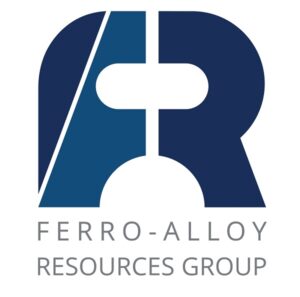The redox flow battery market is projected to reach USD 1,794.5 million by 2030, with an expected compound annual growth rate (CAGR) of 26.5%. Many companies are expanding their services towards North America, with a particular focus on the United States, which represents a significant market for redox flow batteries. Sumitomo Electric Industries, Ltd., for example, announced in February 2023 its plans to expand its redox flow battery business within the U.S. US Vanadium also completed a $2 million expansion aimed at increasing its capacity for producing ultra-high-purity electrolyte, which is used by vanadium redox flow batteries. Additionally, Gildemeister Energy Solutions, a German company, has started marketing its vanadium redox flow battery, the CellCube, in North America through American distribution. Vanadium redox flow batteries remain the most advanced in the market, boasting high volumetric energy density. At the same time, there are ongoing efforts to improve battery chemistries to boost system performance and reduce costs. In this context, membrane-free redox flow batteries have been introduced, offering improved system flexibility and cost-effectiveness.
Data centres are playing a significant role in driving the demand for redox flow batteries. As of January 2021, there were nearly 8,000 data centres worldwide, with the United States hosting 33% of the total. Other key countries include the UK, Germany, China, Canada, and the Netherlands. The vast majority of these data centres, about 77%, are located in OECD member countries, and roughly 64% are in NATO member states. The continued rise in data centres is expected to be a key growth factor for the redox flow battery market in the coming years.
The United States remains the leader in data centre operations, with over 2,600 data centres spread across the country. Northern California is a major hub for data-intensive companies like Google, Facebook, and Twitter, but Dallas currently tops the list with the most data centres (149), followed closely by the Bay Area and Los Angeles. The spread of data centres across various jurisdictions in the U.S. reflects the extensive use of data within the country’s economy. Almost every U.S. state hosts at least one data centre, and the top five operators, including Lumen Technology, Verizon, and Digital Realty, account for around 25.9% of the country’s total.
Redox flow batteries are an emerging technology that stores energy by converting chemical energy into electrical energy through reversible redox reactions. They offer several benefits compared to traditional battery technologies, such as lead-acid batteries, particularly in large-scale applications. These advantages include lower costs, greater system flexibility, faster response times, and better safety features. However, challenges remain, including the need to enhance cost-effectiveness and stability, raise awareness about the product, and ensure compatibility with other systems. Despite these obstacles, advancements in flow batteries, particularly in achieving high energy density and longer battery life, represent significant progress in energy storage solutions.
The redox flow battery market shows immense potential for growth, especially with the increasing demand driven by data centres and large-scale energy storage needs. With continued development, these technologies could become a cornerstone of future energy systems.
Ferro-Alloy Resources Ltd (LON:FAR) is developing the giant Balasausqandiq vanadium deposit in Kyzylordinskaya oblast of southern Kazakhstan. The ore at this deposit is unlike that of nearly all other primary vanadium deposits and is capable of being treated by a much lower cost process.


